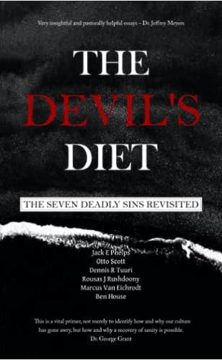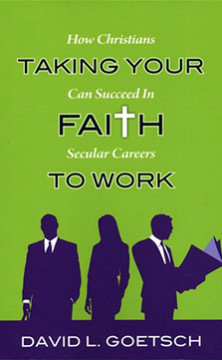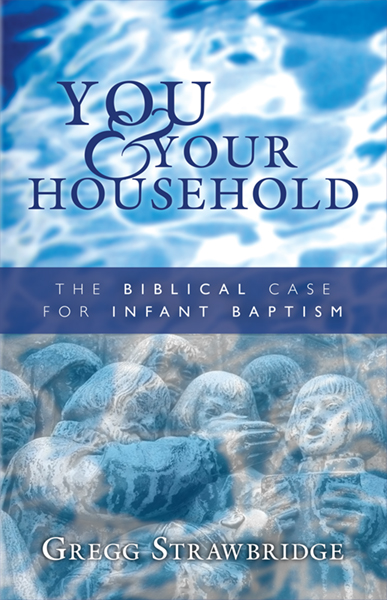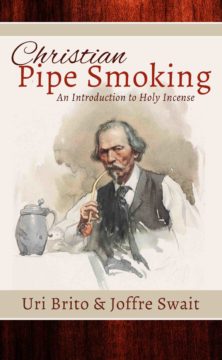Troublesome times are a great constrictor of the soul. They squeeze with a kind of pressure that exposes what is within us. During a crisis of the magnitude and scope we are experiencing now, the responses of the people provide an honest look into the heart and soul of a culture. Naturally, you will always have the deniers, the doomsayers, the opportunists, and a variety of other characters on the stage. But who will we be in the day of trouble?
In Psalm 77, we find a genuine, honest dealing with life when the day of trouble comes. We find not only one man’s experience and expression, but a wonderful gift given by God to his people throughout all times and in all places about how to deal honestly with the realities of life when trials invade our lives, our families, our churches, or our communities.
Many of us are familiar with what the worldly virtue of self-expression looks like. It is often raw and untamed. It flows like a water hose through social media, song lyrics, t-shirts, and even casual conversations. As the trouble increases so does the force and volume of its flow.
In contrast, the Psalms are a mighty river channeled between the shores. Honest expression and real emotions are governed by the solid, immovable truths of glory and grace. Whether rushing swiftly over jagged rocks or flowing as quiet waters, these divine songs always bring us to see life clearly…as it truly is, as it is meant to be, as it is going to be for the people of the cross. How we express ourselves in these troubled times will either muddy the waters of reality or it will bring clarity, both for us and the watching world.
As we step inside Asaph’s world and walk with him in his day of trouble, we also are learning how to walk. As the Lord Himself invites his people to sing this song, we are learning how to dance when the music of life plays the minor key.
Troubled times lead us to seek a particular Savior.
“In the day of my trouble, I seek the Lord.” (v.2)
When trouble comes, Asaph’s eyes look heavenward. This response seems so obvious to us, so much so that we probably don’t take the time to ask the question, “Why does he seek the Lord in the day of trouble?” It’s a question that appears too simple to even warrant consideration, but consideration is exactly what’s needed.
The psalmist recognizes that only the Lord can deliver him out of his troubles. So it’s to the Lord he runs. We don’t know what these troubles are or the context of the situation. It really doesn’t matter. It is enough to know that Asaph is a man in trouble. He is not simply troubled by things he sees or knows; he calls it “my trouble.” And how he responds to those personal troubles reveals something about his own heart and the heart of the One to whom he seeks. Life squeezes, circumstances overwhelm, and the psalmist responds almost instinctively in a particular way.
Have you ever been in danger of drowning or seen someone else struggling to keep themselves afloat? I’ve never literally been in that situation, although years ago I did have to jump into a pool fully clothed to help one of my sons who had ventured too far into the deep end. It was a bit scary at the time and I ruined a good phone and my favorite pair of shoes. But I most certainly know the feeling of drowning under the pressures of life. I know that in those moments of physical or emotional drowning, the temptation is to look for anything that might hold out the slightest hope of rescue.
Asaph is not a drowning man thrashing and clawing for whatever he can find to hold on to. When trouble rushes in, his eyes are not frantically searching for relief and deliverance. The reason something like a microscopic parasite can throw the world into hysteria and confusion is because every individual and every nation responds according to how they answer two basic questions: What do they want? What is getting in the way of what they want? The ditches of history are strewn with a long line of saviors and scapegoats.
Asaph’s eyes are drawn to a certain Deliverer and a particular salvation. He does not seek a convenient savior; he seeks the consummate Savior. There is a world of difference between the two. He resonates such glorious truths as Zephaniah 3:17, “The LORD is in your midst, a mighty one who will save;” and Psalm 121, “I lift up my eyes to the hills, from where does my help come from? My help comes from the LORD, who made heaven and earth.”
Troubled times lead us to a particular response.
I cry aloud to God, aloud to God, and he will hear me. (v.1)
How the psalmist seeks the Lord is also telling. He cries aloud to God. He gives voice to his troubles. He brings them out into the open. He does not keep them shut up, nor does he silently endure. He shapes these troubles into tangible, spoken words. Obviously, the all-knowing, all-wise God does not need such audible expressions. He is “a very present help in trouble.” a But Asaph’s cries remind us of some important things to keep in mind when our day of trouble comes.
God does not need us to put words to our suffering, but neither does He discourage His children from doing so. We do not have to silently endure. We do not have to stoically wait upon Him. To cry out in pain and anguish and deep trouble is not a sign of weak faith. Jesus Himself gave voice to His anguish in the garden. Rather, our cries become a lament of the whole person. The soul is troubled and the body gives expression to it. Body and soul, Asaph seeks the Lord because body and soul the Lord created him.
Not only does this expression show us something of the relationship between Asaph and the Lord, but it also indicates that this is not a private lament; it is not merely a personal trial. Giving voice to our need brings our burdens into the midst of the congregation. It brings our dependence upon God into the light of community. To be united together as the body of Christ means that there are no private troubles. b We sing these songs together as a vivid reminder of this reality.
In the next part, we will look at the particular salvation Asaph seeks and how he finds comfort in the midst of trouble. Hopefully, we will gain some practical wisdom from the way he goes about moving from being restless to being at rest. For now, let us learn and imitate these songs so that when our waters are troubled, we can give honest expression to the depth and breadth of our suffering without violating the established boundaries of our relationship to Christ and His church. The depth and breadth of His glory and grace is greater. While the world looks around pointing fingers and grasping for answers, the church should be singing. Not in obliviousness like Nero fiddling while Rome burns, but harmoniously and honestly lifting up our eyes and voices in hope for ourselves and the nations.


























